Share This:
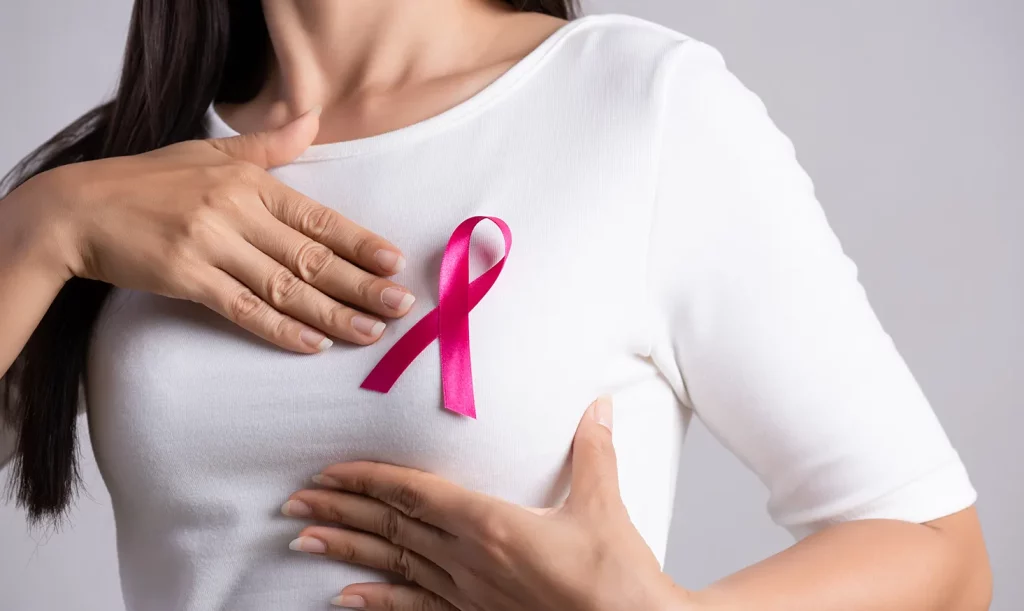
Until the 1990s, the standard treatment approach for early breast cancer involved surgery followed by chemotherapy and radiotherapy. However, with the introduction of neoadjuvant chemotherapy, this paradigm shifted to account for different breast cancer subtypes. Initially, neoadjuvant
chemotherapy was developed to convert inoperable tumors into operable ones and to shrink tumors for more conservative surgeries. As breast cancer subtypes became more clearly defined, oncologists identified two subtypes—triple-negative and HER2-positive breast cancers—that are
most likely to respond to neoadjuvant chemotherapy. While current data show that neoadjuvant chemotherapy can prolong disease-free intervals, there is no conclusive evidence yet on improved overall survival. However, the benefits of improving success rate of conservation surgery and
allowing response assessment makes neo-adjuvant therapy a preferred choice of treatment in selected cases.
In summary, with the growing understanding of the molecular subtypes of breast cancer, surgeons and oncologists are collaborating closely to develop personalized treatment plans for each patient. Oncologists are also working hand in hand with pathologists to accurately identify the specific
subtype of breast cancer, allowing for the most tailored systemic therapies to be provided.

无论您想获取信息、进行咨询,还是接受治疗和休息,我们的肿瘤专业团队都能满足您的需求。无论癌症可能引发何种问题,我们都将耐心解答、提供指导并分享经验——因为我们深刻理解并关怀患者。癌症中心位于百丽宫医疗中心 & 伊丽莎白诺维娜专科医院。
Share This:

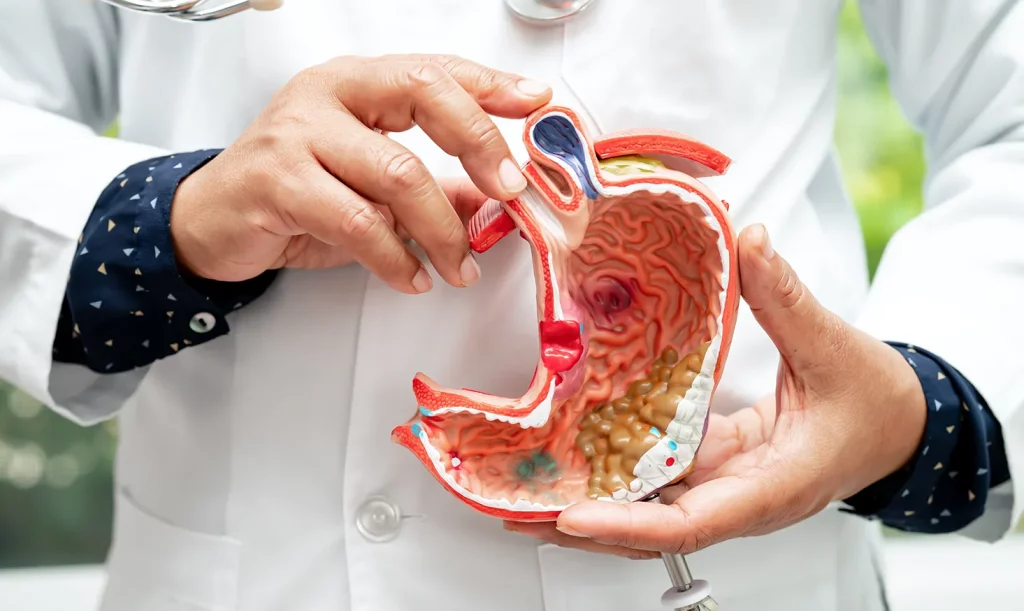

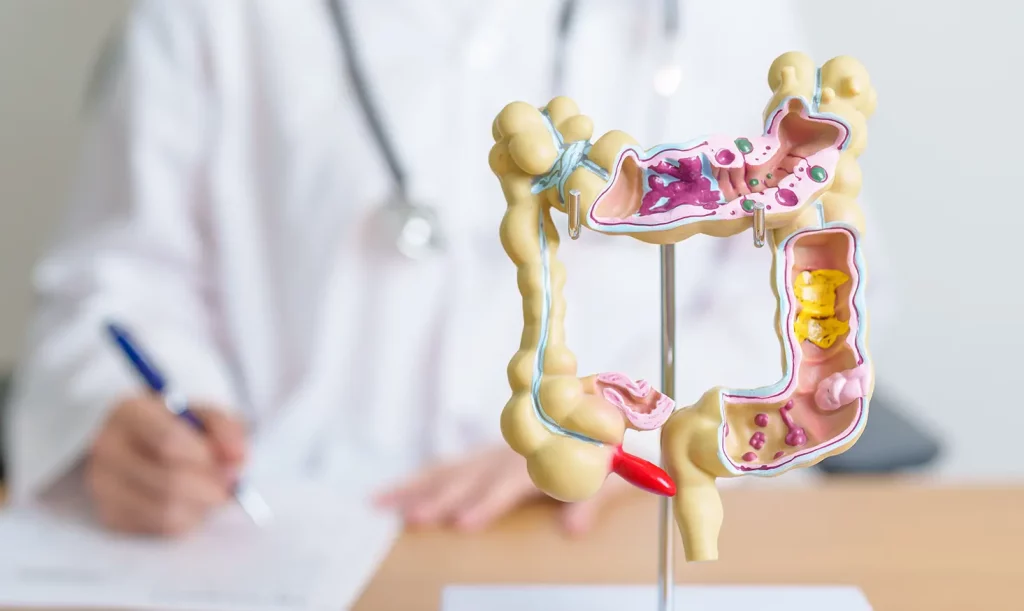
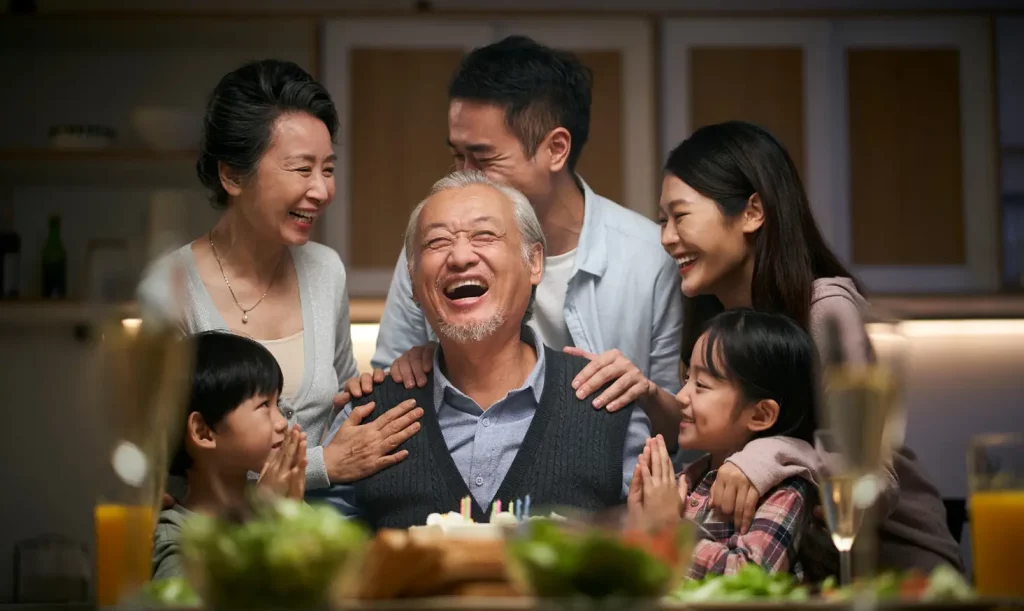


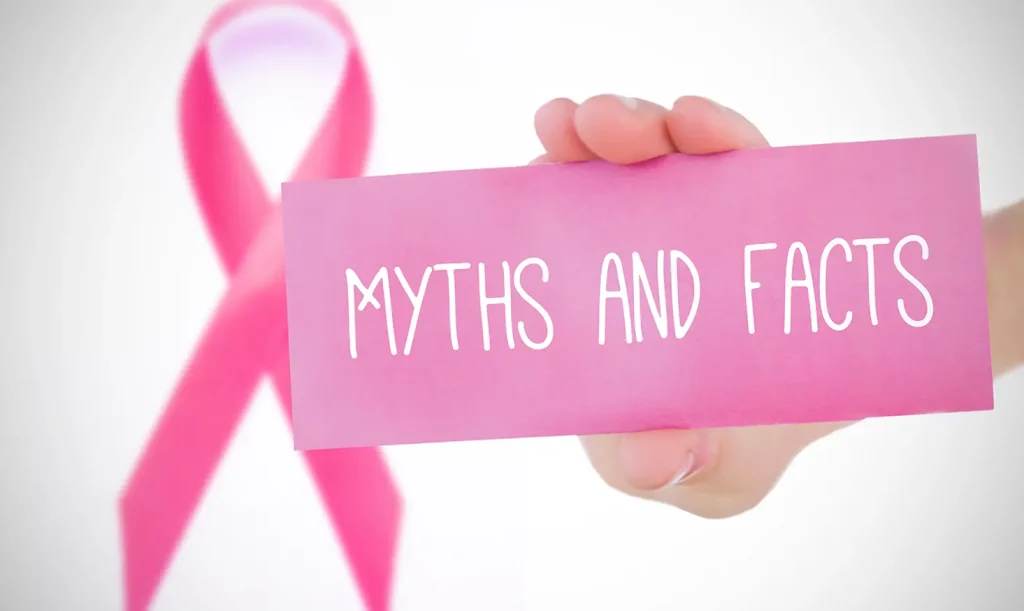

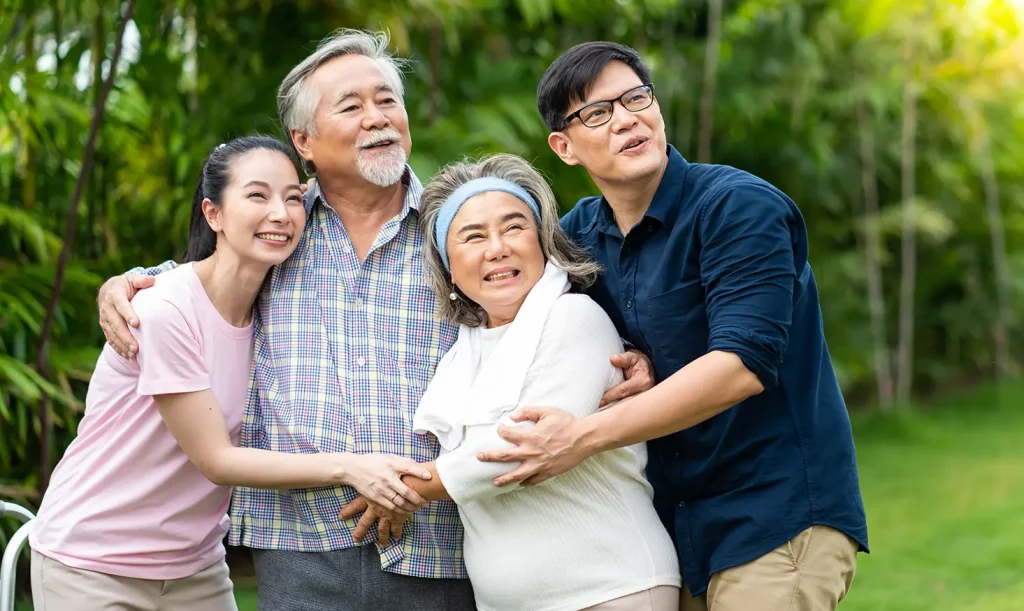

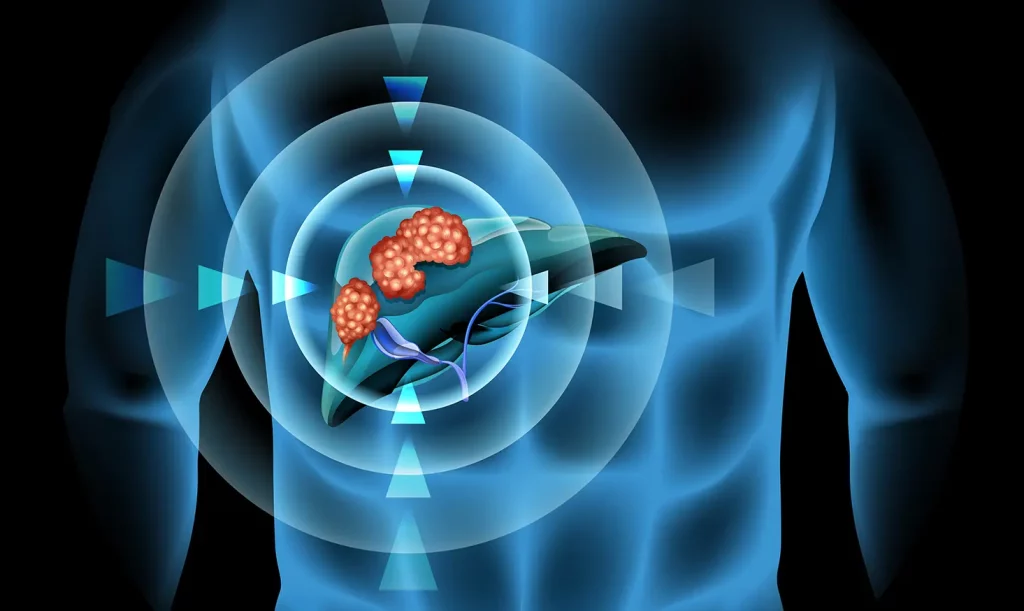


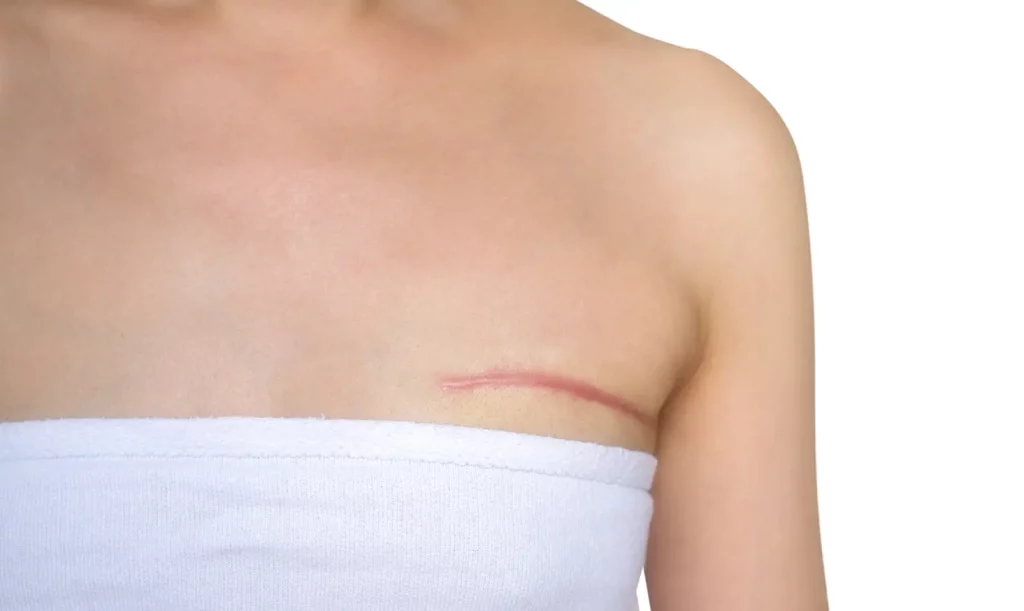




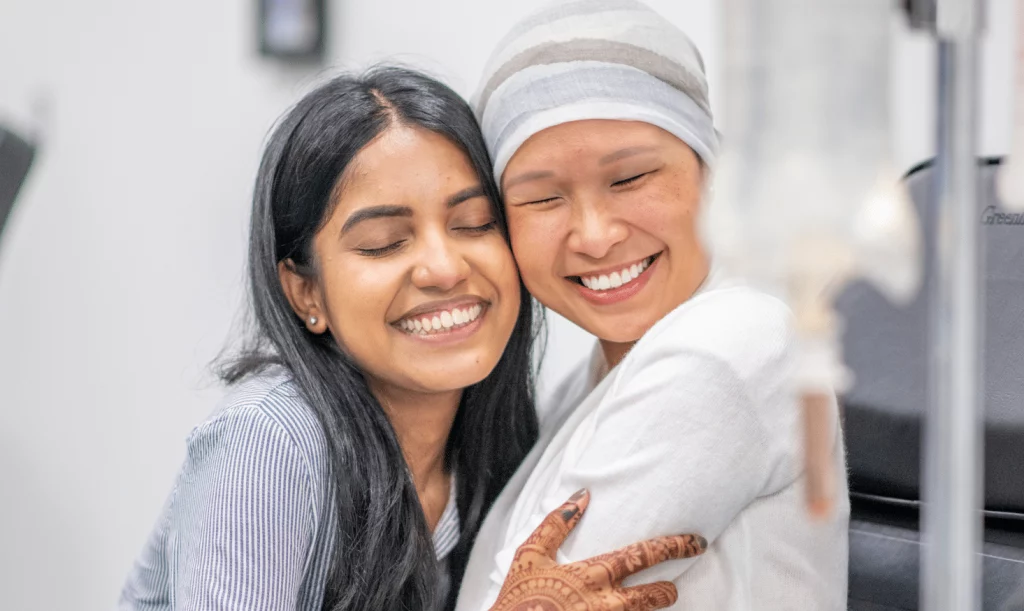
The Cancer Centre @ Paragon
290 Orchard Road #17-05/06
Paragon Medical (Lobby F)
Singapore 238859
The Cancer Centre @ Mount Elizabeth Orchard
3 Mount Elizabeth #03-04
Mount Elizabeth Medical Centre
Singapore 228510

BOOK AN APPOINTMENT
新加坡医疗集团(SMG)成立于2005年,是一家拥有私人专家供应商网络的上市医疗机构,跨越美学、诊断性影像学与筛查学、肿瘤学以及妇幼保健四大支柱。SMG在新加坡境内拥有40多家诊所,战略性地分布在新加坡中部以及中心地带。而在新加坡外,SMG也于印度尼西亚、越南和澳大利亚拥有业务。在这里了解我们的隐私政策。 在此处了解我们的隐私政策。
